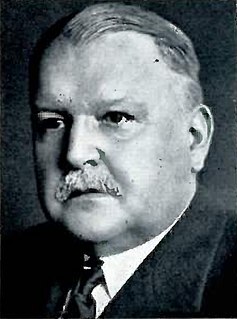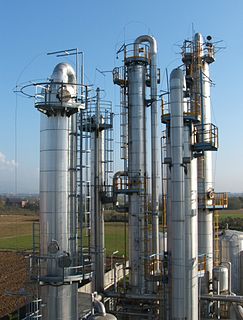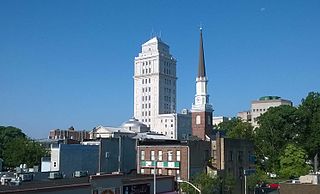
James Oscar McKinsey was an American accountant, management consultant, professor of accounting at the University of Chicago, and founder of McKinsey & Company.

Leon Pratt Alford was an American mechanical engineer, organizational theorist, and administrator for the American Society of Mechanical Engineers. known for his seminal work in the field of industrial management.

Henry Robinson Towne was an American mechanical engineer and businessman, known as early systematizer of management.

The American Management Association (AMA) is an American non-profit educational membership organization for the promotion of management, based in New York City. The association has its headquarter in New York City, and has local head-offices throughout the world.
Wilfred Lewis was an American mechanical engineer, inventor, director for the machine tool firm William Sellers & Co, and later president of the Tabor Manufacturing Company. He is known for his early work on the bending of gear teeths, and his later work on scientific management. In the late 19th century Lewis had developed a bending equation, which became standard for gear design. The Lewis stress factor for gears is named after him.

Henry Wallace Clark was an American consulting engineer, known for popularizing the work of Henry Gantt with his 1922 work "The Gantt chart; a working tool of management".
Joseph Taylor Gilman was an American football player. He played college football at Dartmouth College and was a consensus selection at the guard position on the 1904 College Football All-America Team.

Henry Sturgis Dennison was an American progressive business man, president and owner of Dennison Manufacturing Co. Paper Box Factory, economic analyst, and organizational theorist. He was president of the Taylor Society from 1919 to 1921, and recipient of the Henry Laurence Gantt Medal in 1932.

Conrad Newton Lauer was an American mechanical engineer, general manager at Day & Zimmerman, Inc., chairman of the Philadelphia Gas Works Co., and 51st president of the American Society of Mechanical Engineers in 1932-33.

Paul Aaron Langevin Doty was an American mechanical engineer, vice-president and general manager of the St. Paul Gas Light Co., president of St. Paul Trust and Savings Bank, and investor. He was the 53rd president of the American Society of Mechanical Engineers in the year 1934-35.
James Wentworth Parker was an American mechanical engineer, president and general manager of the Detroit Edison Company, and 61st president of the American Society of Mechanical Engineers in 1942-1943.

J. Calvin Brown was an American consulting engineer and patent attorney of Los Angeles, known as 70th president of the American Society of Mechanical Engineers in the year 1951-52.
Frederick Steele Blackall Jr. was an American engineer, and president and chairman of board Taft-Peirce Manufacturing Company, known as 72nd President of the American Society of Mechanical Engineers in 1953-54.
David William Rowsen Morgan was an American mechanical engineer and business executive at the Westinghouse Electric Corporation, known as 74th president of the American Society of Mechanical Engineers in the year 1955-56.
Orval Leroy Lewis was an American mechanical and chemical engineer, and business executive, who served as president of the American Society of Mechanical Engineers (ASME) in the year 1978-79.
William H. Gesell was an American engineer, business executive and director of Lehn & Fink Products Corporation in Bloomfield, New Jersey, now Sterling Drug. He served as the 2nd president of the Society for Advancement of Management in the years 1937-1939.
Myron Henry Clark was an American chemical engineer, management consultant, and director of the Labor-Management Institute at the University of Connecticut, known as long active proponent in labor-management affairs. He served as the 3rd president of the Society for Advancement of Management in the years 1939-1941.

James Keith Louden was an American industrial engineer, business executive, and management author. He served as the 4th president of the Society for Advancement of Management in the year 1941-1942, and was the recipient of the 1949 Gilbreth Medal.















